JEB & Shelby Sharie Cohen on Photographing the Lesbian Community
Swann’s LGBTQ+ Art, Material Culture & History sale represents a rare and unusual opportunity to bring fresh material to auction. In a market dominated by the male gaze, work by trans and cisgender women and nonbinary practitioners offers a crucial viewpoint, one that photography can play a role in amplifying and contextualizing.
This year, we are pleased to offer work by JEB, Shelby Sharie Cohen, Phyllis Christopher, Del LaGrace Volcano, and Laurence Jaugey-Paget. These photographs were made for the purposes of documentation, publication, and self-representation, and are in this sense immensely personal and intimate. They encapsulate the power of political activism, the confirming documentation of love and physical intimacy and desire, as well as a celebration of the diversity of queer culture.
Two photographers, JEB and Shelby Sharie Cohen, made their auction debuts at Swann, and have become part of the market established with the LGBTQ+ sales. Both photographers speak here in their own words, discussing their approach as well as the transformations they have witnessed as artists.
Deborah Rogal in Conversation with JEB
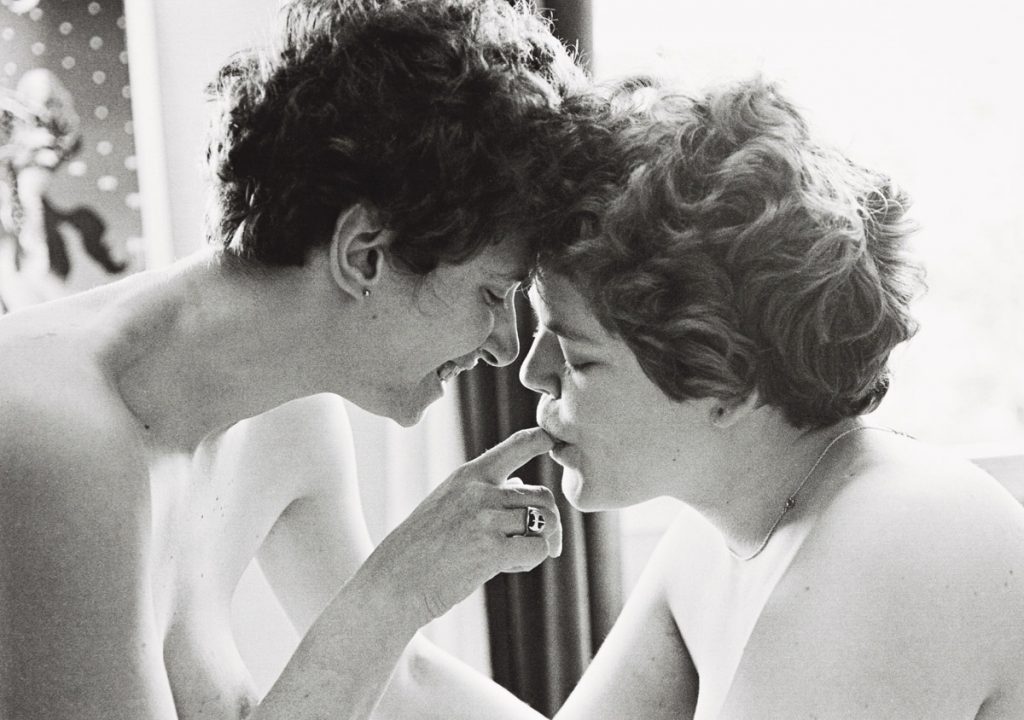
When did you first encounter photography, and decide to use the camera yourself?
After I came out publicly as a lesbian in 1970, I tried to find photographs of lesbians. What I found were photographs by men of women who I thought were pretending to be lesbians. Most of all, I wanted to see a picture of two women kissing. So, I borrowed a camera and made a photograph of myself kissing my lover. This early selfie was my first lesbian photograph. Soon after, I got a camera of my own so I could continue to make photographs of lesbians.
How did you think about your photographic practice when you first started? Has that thinking shifted over the years?
I taught myself photography and considered myself a photojournalist or a documentary photographer. A defining part of my practice has always been my relationship to the people I am photographing. I do not think of myself as being as armed with a camera, shooting the picture, and capturing the subjects. I believe that we make something together and that the image holds some of the energy between us.
How has your work intersected with activism or politics? Has this meaning changed over the years for you as maker, or how you think people have viewed your work?
My work has always been political. The main thing that changed over the years is that other people began to view my work as art. This encouraged me to think of myself as an artist. Now I would say I am an artist/activist or what Zanele Muholi calls a visual activist.
You are well-known for your slideshow Lesbian Images in Photography: 1850-1984 (affectionately called the “Dyke Show”) How did this work acquire meaning for you and for others? How do you view that experience today versus when you first developed the presentation?
I presented Lesbian Images in Photography: 1850-1984 aka the Dyke Show all across the country in the 1980s. It was a slide show of over 400 images that I thought were either by or of lesbians. Audiences had never seen anything like it. It gave us the sense of being rooted in a queer history and being part of a queer culture. I am in the process of reviving the Dyke Show. We have had 40 more years of research in and exposure to LGBTQ+ images, but this is my way of telling the story and I can’t wait to see how people will respond.
Shelby Sharie Cohen in Her Own Words
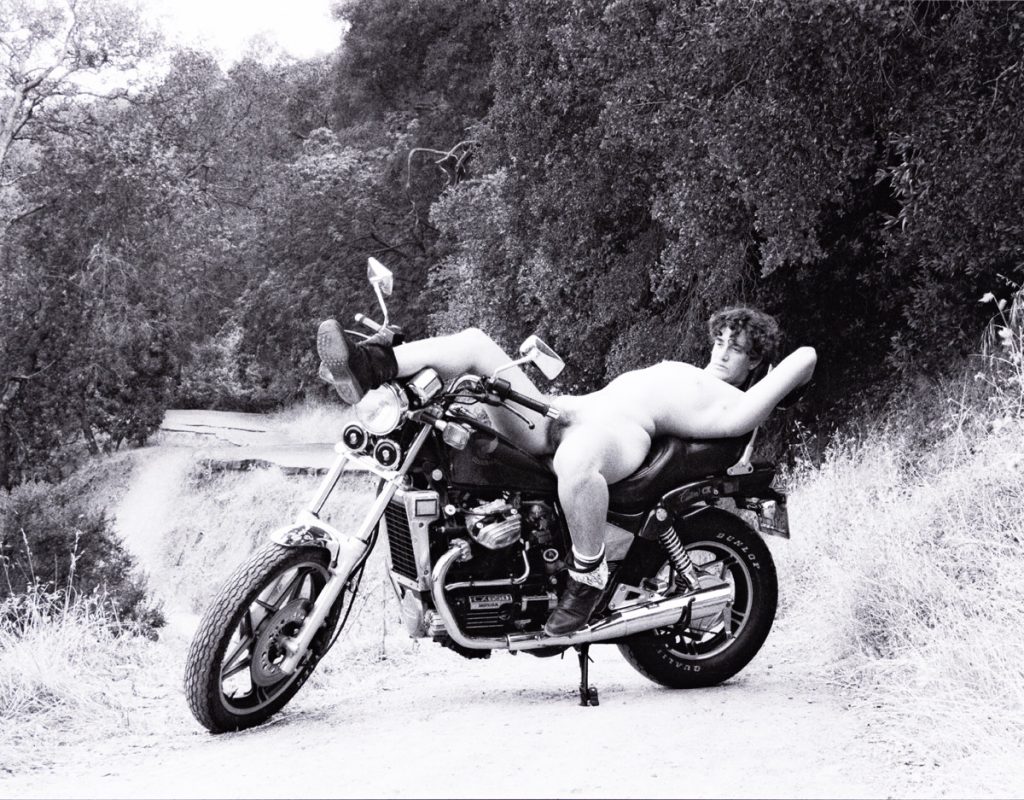
Being a Portrait artist is a large part of who I am. During the 1980s my work represented a community of queer women. Their self-confidence, love towards themselves and others shine through my photography! We were wild, open and very sexual. On Our Backs, the groundbreaking sex-positive magazine for Lesbians gave me FULL rein to create radical feminist photographs.
I am well known for my self-portrait Live to Ride, which is still a touchtone of self-expression and self-love four decades later. Lying naked on my lover’s motorcycle wearing only my leather boots, I shot black & white film using my camera with tripod and a timer.
Living in San Francisco, I photographed the first ever Lesbian International Ms. Leather Contest, sex clubs during the feminist sex wars, Theatre Rhinoceros, AIDS fundraisers, the Gay Games, gay weddings, music festivals and political activism.
I was one of the few Lesbian photographers to document the Lesbian/BDSM scene. I was in the scene and part of the community while I was capturing kinky BDSM photographs of Butches and Femmes. I had as much fun as the sexy queers that I photographed!
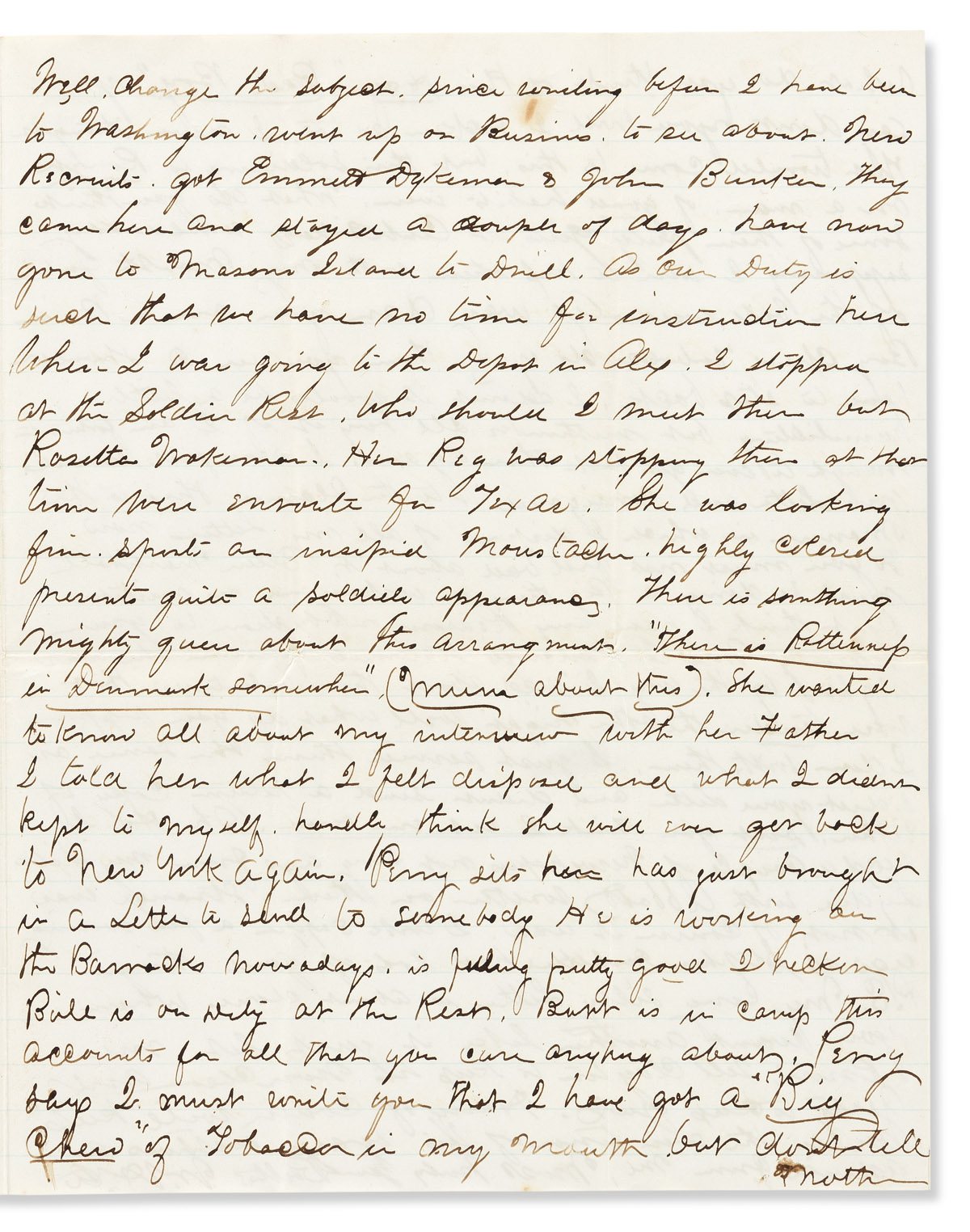
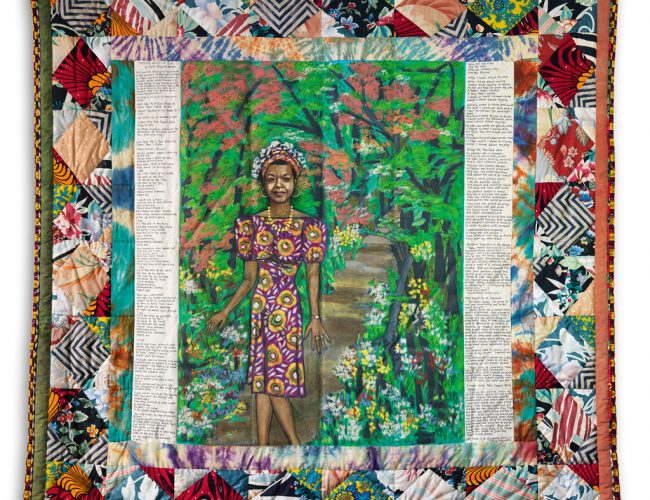
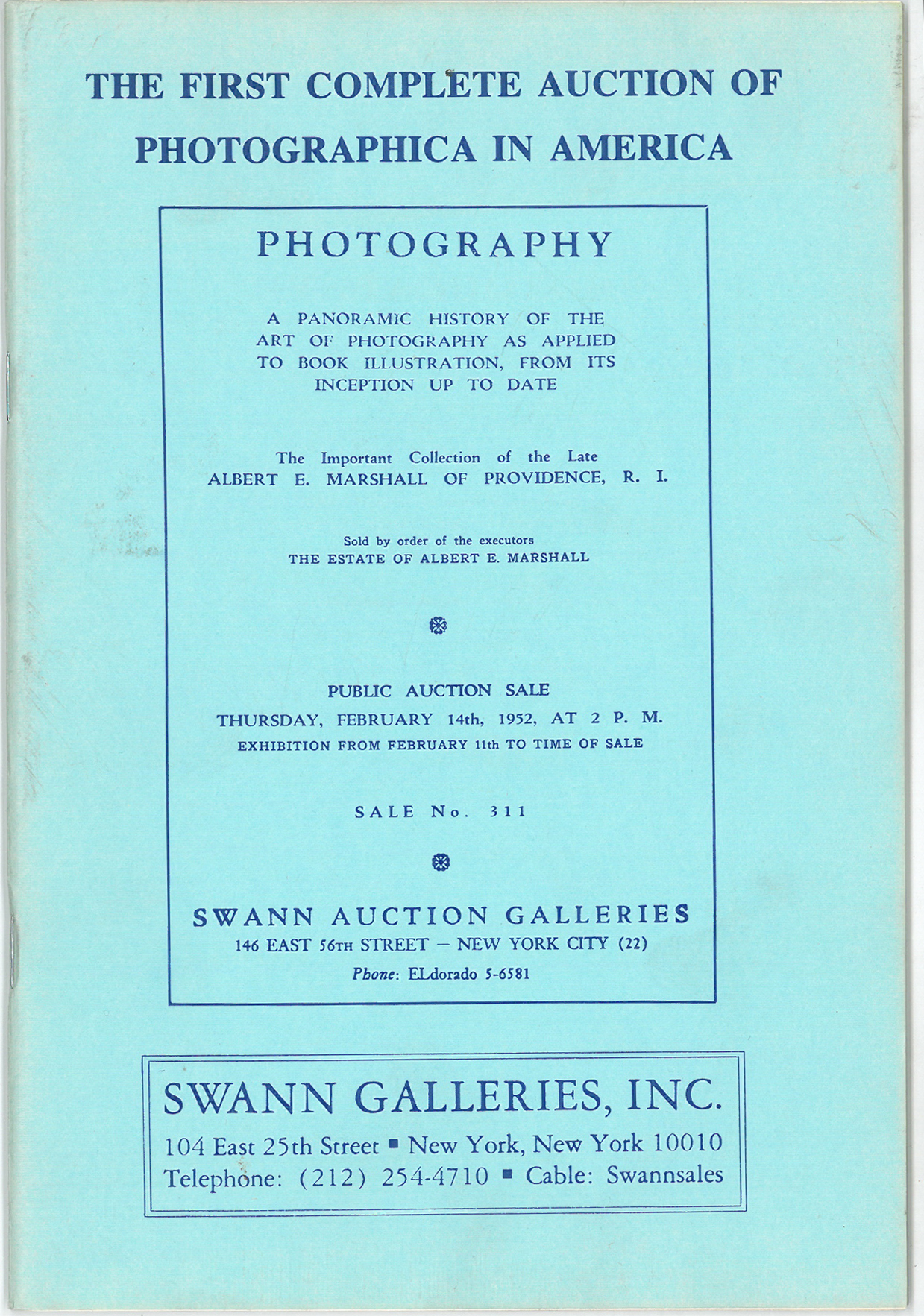






![Grace Meschery-McCormack shares about two copies of Fernando de Rojas’s ‘La Célestine,’ including a limited edition copy illustrated by Pablo Picasso.
At auction April 22. Learn more about the works at the link in our bio.
#Rarebooks #rarebookdealer #antiquarianbooks #auctions
_______________________________________
Music Credit:
Schubert - Piano Quintet in A major ‘The Trout’, D. 667 - IV. Andantino – Allegretto
Music provided by Classical Music Copyright Free on Youtube [https://tinyurl.com/visit-cmcf]
Watch: • Schubert - Piano Quintet in A major ‘...]](https://scontent-iad3-1.cdninstagram.com/v/t51.75761-15/491443494_18499096345036585_5935932878956098058_n.jpg?stp=dst-jpg_e35_tt6&_nc_cat=107&ccb=1-7&_nc_sid=18de74&_nc_ohc=AZ-awqelOZgQ7kNvwFA19hE&_nc_oc=AdkZVODYB5VxTPck7kaEV8QTzHwvQLzaAjo_r9W39mgpTAk2Ix_Bp7bj2bTOpAdxWZY&_nc_zt=23&_nc_ht=scontent-iad3-1.cdninstagram.com&edm=AM6HXa8EAAAA&_nc_gid=WYEcU6gC5TqWZD5uMxPhZg&oh=00_AfGiGi_LSZupgOmG9-F7SuCrqswGM5UOV8BXCEkXVaN-Cw&oe=680DB7D1)








